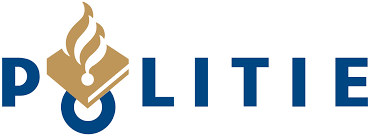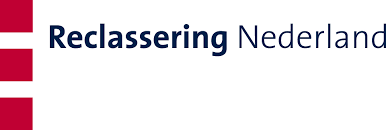We use the dialogue to collect the opinion of our constituents
“The dialogue helps us to get the opinions of our constituents and place them where they belong in our organization; with the director, with the teams.”
A Central Works Council wants to talk to its constituents. The challenge within our organization Politie Nederland is that we wanted a representative group within all disciplines to have their say. However, in a large organization with over 65,000 employees, many of whom also work on the street, that’s quite an effort.
Until we deployed the dialogue. The response rate for this tool is high, giving us a representative picture of what is going on within the organization. At the same time, it is also possible to start a dialogue within a certain discipline about subjects that are specifically intended for them.
Ground-breaking success
The dialogue we put out within our organization shortly after New Year’s 2018 brought us immediate success. We felt that much more violence had been used against our employees than the figures showed that had been publicly disclosed. We asked our employees in the dialogue about their experiences and found that many colleagues had not reported the situations involving violence. When we asked why, we received various reasons: from administratively cumbersome to, well, it’s part of the job. We immediately started working on this.
Based on the dialogue, we were able to make a good case for why the numbers were wrong. The results did not remain internal. The influence of the results of the dialogue reached far, even the Lower House. The result is that fireworks bans and tackling violence against emergency service workers are now higher on the priority list and have led to measures.
Giving your opinion safely
The dialogue is fully anonymized, secure and in line with the GDPR and privacy laws. This is a prerequisite if you want to receive honest answers. Employees answer one or a few challenging, focused questions in the first round. In the second round, they respond to statements and ideas from their colleagues, which initiates a conversation. This subsequently result in a ranking of what gets the most support and why, which provides qualitative insights, as the reasoning behind how and why is also addressed.
We get to see the results at group level. Based on predefined criteria such as age group, units and functions, we can filter more insights from the results. This provides interesting and specific information for us, for administrators and for teams. The dialogue can be used by multiple parties.
Not common
It is not common to purchase software. Yet there was no doubt about the need. We first presented it to our own ICT department to keep it in-house, but it turned out to take much more time and money than expected to realize something comparable. The CircleLytics instrument had already proven its strength and the CircleLytics team is a partner who shares ideas and helps refine smart questions.
The dialogue helps us to pick up the opinions of our constituents and put them where they belong in our organization, with the director, with the teams.
Full video with Rob den Besten:
Contact our team if you would like to learn how your employees and organization can benefit from CircleLytics’ online dialogue. You can find more information on the employee participation page.




